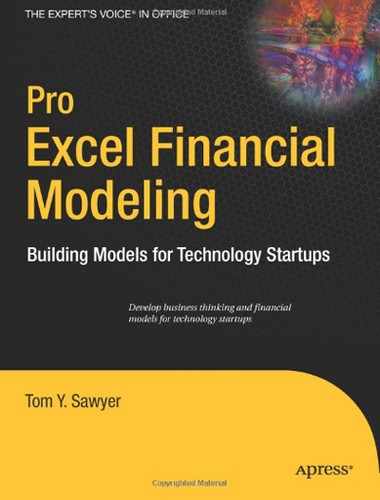Book Description
Learn the business thinking behind financial modeling and execute what you know effectively using Microsoft Excel. Many believe that sales and profitability projections shown in financial models are the keys to success in attracting investors. The truth is that investors will come up with their own projections. The investor wants to understand the assumptions, structure, and relationships within the modeling of a startup. If the investor is satiated, the entrepreneur has successfully demonstrated a complete understanding of the business side of the enterprise. Pro Excel Financial Modeling provides the keys necessary to learn this thinking and to build the models that will illustrate it.
Step-by-step approach to developing financial models in Excel
Extensive case studies and Excel templates provided
Table of Contents
- Title Page
- Dedication
- Contents at a Glance
- Contents
- About the Author
- About the Technical Reviewer
- Acknowledgments
- Introduction
- CHAPTER 1: Business Thinking and Financial Modeling for Technology Startups
- CHAPTER 2: Company Business Model
- CHAPTER 3: The Green Devil Control Systems Business Case
- CHAPTER 4: The Staffing Model
- CHAPTER 5: Sales and Revenue Model
- CHAPTER 6: Cost of Goods Sold and Inventory Model
- CHAPTER 7: Cost of Sales and Marketing Model
- CHAPTER 8: Cost of Product Development Model
- CHAPTER 9: Operating and Capital Expenditures Models
- CHAPTER 10: Statements of Profit and Loss and Cash Flow
- CHAPTER 11: Modeling Valuation and Investment with the FIN Model
- CHAPTER 12: Financial Reporting and Analysis Using the FIN Model
- INDEX
